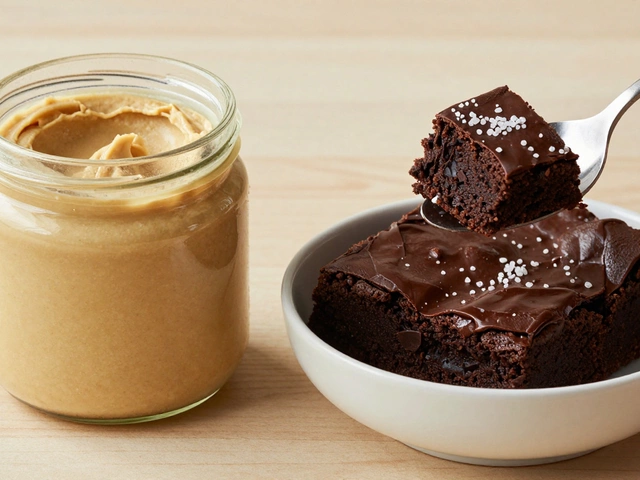Beating Fudge: How to Fix Mistakes and Make Perfect Fudge
Ever stared at a batch of fudge that turned out grainy, too soft, or just plain weird? You’re not alone. Most home bakers run into these issues, but the good news is that a few simple steps can turn that disaster into a delicious dessert. Below you’ll find the most common problems, the quickest fixes, and some pro tips to keep your fudge smooth and buttery every time.
Common Fudge Problems and Quick Fixes
First, let’s talk about what usually goes wrong. Grainy fudge is often the result of not stirring enough while the sugar is melting, or cooling the mixture too fast. If your fudge is too soft, it probably didn’t reach the right temperature or you added too much butter.
Here’s what you can do on the spot:
- Grainy texture: Return the fudge to the stove, add a splash of milk, and stir constantly over low heat until the sugar dissolves. Then let it cool slowly.
- Too soft: Put the pan back on low heat and bring the mixture up to the firm‑ball stage (around 234‑240°F/112‑115°C). Keep an eye on the thermometer and stir to avoid burning.
- Gummy or overly sticky: Mix in a tablespoon of cocoa powder or a pinch of salt. This helps balance the sweetness and can firm up the texture.
These fixes work best when you act quickly, before the fudge sets completely. If you wait too long, you may need to start over.
Tips for Perfectly Smooth Beaten Fudge
Now that you know how to rescue a botched batch, let’s talk about preventing problems in the first place. The key is temperature control and proper stirring.
Use a candy thermometer and aim for the soft‑ball stage (235°F/113°C) if you want a fudgy result, or the firm‑ball stage (250°F/121°C) for a more solid piece. Once you hit the right temperature, take the pan off the heat and let it cool for a few minutes before beating.
When you start beating, use a wooden spoon or a hand mixer on low speed. Beat just until the mixture thickens and loses its shine – usually 2‑3 minutes. Over‑beating can introduce air and make the fudge dry.
For extra flavor, add vanilla extract, espresso powder, or toasted nuts right after you finish beating. Fold them in gently so you don’t deflate the mixture.
Finally, let the fudge set at room temperature on a parchment‑lined tray. Cutting it too early can cause crumbly pieces. Let it sit for at least an hour, then slice with a warm knife for clean cuts.
With these steps, you’ll go from a failed batch to a smooth, creamy treat that impresses friends and family. Keep the thermometer handy, watch the temperature, and don’t rush the cooling stage – that’s the secret to beating fudge like a pro.






